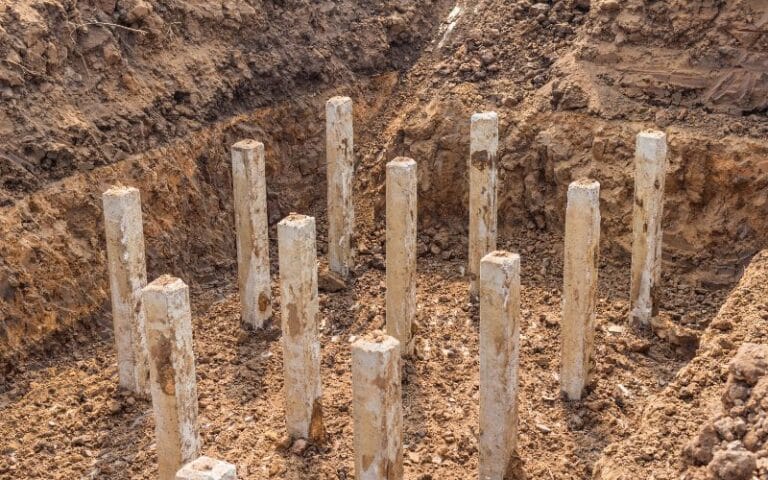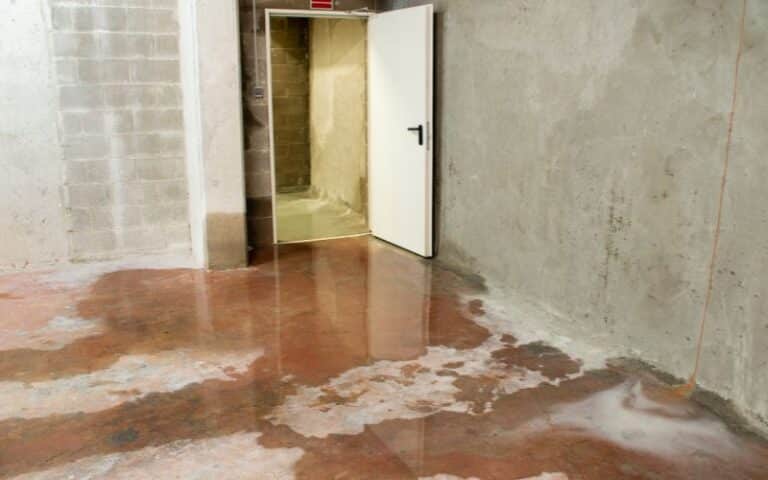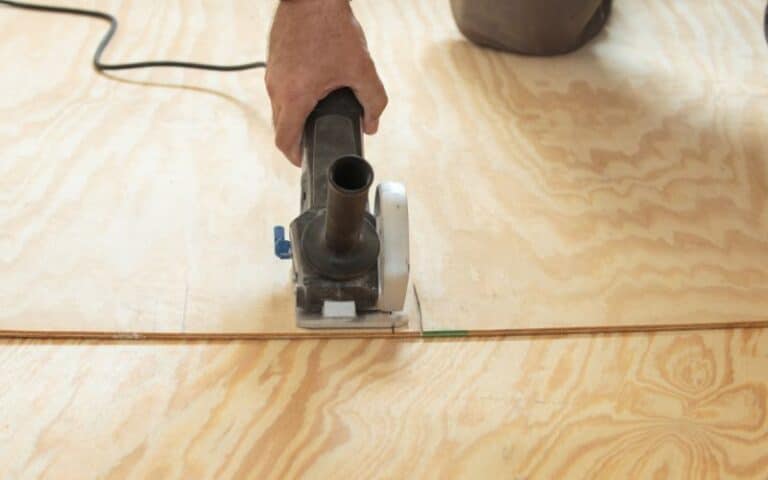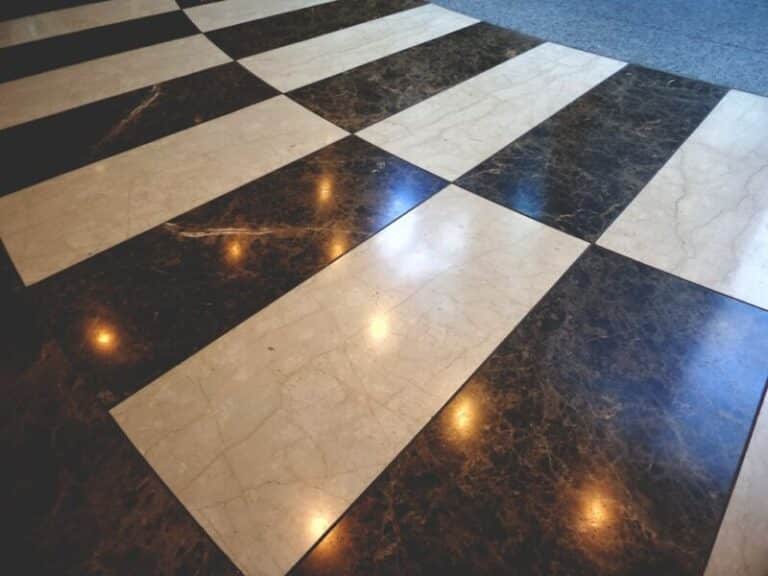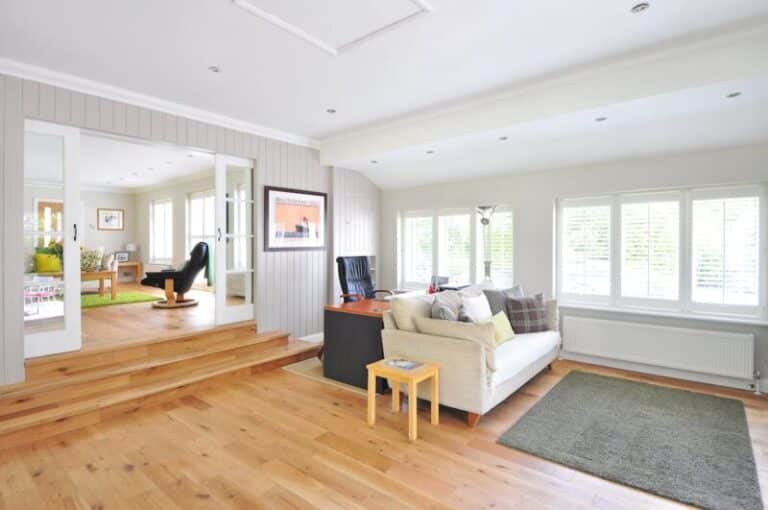Old houses may be fun to live in because of the history that accompanies them. However, several other not-so-fun attributes may also be present.
For instance, people living in houses over a century old have noted some issues with their floors. Some have complained about the uneven nature of those floors. But is this normal?
Well, this article discusses all of that.
Uneven floors in a 100-year-old house are usually due to a structural fault. Thus, failing beams and joists below a floor can make it uneven. That’s often the result of using undersized support structures. Ultimately, uneven floors in a 100-year-old house will mean a fault with the foundation. A foundation that wasn’t up to standard or developed faults over time.
It’s important to note that fixing uneven floors in a 100-year-old house differs based on the cause. As such, finding the root cause is always the first step.
Thus, this article will detail why a 100-year-old house develops uneven floors and how to fix them. You’ll also get insight into when such floors become a safety hazard.
Ready for a Flooring Quiz?
Is it Normal for 100-Year-Old Homes to Have Uneven Floors?
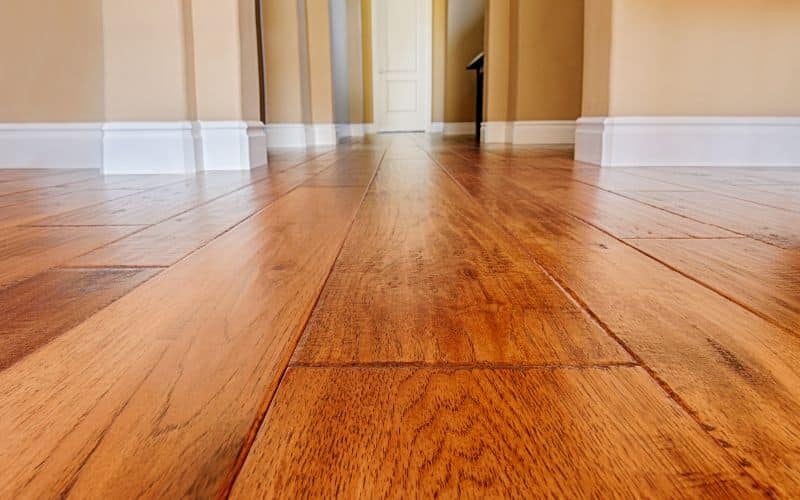
Depending on the scale of unevenness, you can deem uneven floors in a 100-year-old house normal or not. For slight defects, they can occur as a building gets old.
We see that aging can put a dent in any structure. Also, the nature of maintenance plays a vital role in retaining a structure’s original form.
However, many people give little regard to maintaining buildings, and they succumb to natural elements. Left alone, even the best structures would weaken over time.
On the other hand, lapses during construction will account for uneven floors in a 100-year-old house. Such faults will be less visible until time uncovers the veil.
That’s why you can have buildings look excellent at first but develop massive cracks after a few years.
Likewise, a 100-year-old house can have uneven floors due to a shabby construction process. Thus that’s an unnatural cause and, by implication, abnormal.
When uneven floors are abnormal, it bears a dark cloud because the damage is usually large. That’s because walking on the floors or placing objects becomes unpleasant.
You can liken the feeling to walking outdoors, like when you’re on a hike. Anyone would agree that it’s easier to walk on almost level trails than those that seem like gullies.
The feeling is unnerving, and you can easily lose your patience. Likewise, it’s unpleasant to have mini bumps in your home due to uneven floors.
However, unevenness due to aging is more bearable as you’ll have only a few affected areas. In that case, you can still conveniently and easily fix your floors.
But there’s more work to do when a 100-year-old house has uneven floors due to poor construction. Here, professionals should handle repairs as it usually exceeds a DIY task.
Ultimately, uneven floors in a 100-year-old house can be normal due to aging. However, it’s abnormal and a cause for alarm due to poor construction.
What Causes Uneven Floors in a 100-Year-Old House?
Foundation and structural problems represent the major causes of uneven floors in a 100-year-old house.
Small column footings and uneven perimeter flooring are the causes of foundation problems.
Then for structural problems, we have undersized floor joists and overloaded floor plates.
Also, the passage of time can make a house sink more into the earth. However, you should note that the house sinking doesn’t happen instantly.
Yet even the slightest sinking will be visible after as many as 100 years. Let’s say a house sinks half a millimeter every year.
That’ll be five centimeters after 100 years, and it’ll be noticeable. Then the house will suffer unevenness due to the sinking.
However, that’s a mild factor for most areas except those that experience extreme weather conditions. Thus, there’s less sinking with less exposure to nature’s elements.
Below are the reasons a 100-year-old house can have uneven floors.
#1. Excess Moisture
This problem is common in areas that experience frequent rainfall and have high humidity. So the buildup of excess moisture weakens the support beams in the house.
The same goes for fasteners and posts as well. Thus, the floors will become uneven when these support structures lose strength.
#2. Insect Action
Undoubtedly, persistent insect action is a recipe for weakened wood any day. Thus, the support structures in a house will lose structural integrity when insects keep eating them up.
So the result over time will be the joists and beams having varying strengths than the original state.
Then the floors will be uneven at the weakest spots of the support structures.
#3. Overloaded Floor Plates
Also, overloaded floor plates can leave floors with high spots or ridges when the beam below can’t handle the offset load.
Consequently, this situation arises when the floor plates bear an overweight wall offset to an underlying beam.
Therefore, the overload will bend the joists out of place and cause uneven floors in the house.
#4. Small Column Footings
Using small column footings usually leaves the floors above beams with low areas. So the middle of the house ends up with a sagging floor.
Naturally, that’s due to using undersized footings of internal columns to support beams beneath a floor. Thus, the columns will sink further into the soil than the foundation walls.
So when that happens, the floors will become uneven.
#5. Undersized Floor Joists
Notably, floor joists experience permanent bowing when they support excessive loads and spans. As such, that occurs when using undersized joists for the first floor.
Thus, the eventual bowing of the joists will cause uneven floors that may also bounce.
#6. Uneven Perimeter Flooring
A house can also have uneven floors when the floors around the perimeter of the floor plates aren’t level. Often, that’s due to the foundation settling unevenly into the soil.
In some cases, however, it may also be due to the construction.
When Should I Be Worried About Uneven Floors in a 100-Year-Old House?
At first, uneven floors are easy to work around, especially when they cover only a small area. But they could spell more trouble, so you should be worried once you see them.
That’s because, in all cases, any problem left unchecked only grows into a larger one — likewise, uneven floors in a 100-year-old house. Ultimately, the floors even fail.
Now that’s a situation you’ll want to avoid at all costs. Firstly, you can’t tell when the floors may cave in, so you’ll be working around a safety hazard during that time.
Due to age, leaving uneven floors unchecked in a 100-year-old house is even more dangerous. The house will have become less strong than it was at first.
Secondly, leaving the floors until they fail will cost more in repairs than if you fixed them earlier. Thus, it’s best to take action immediately if you notice unevenness in your floors.
Also, the table below shows some helpful tips for preventing uneven floors.
| Measure | Description |
|---|---|
| Floor Checks | Swiftly move to fix floors when you notice any uneven or sagging parts. |
| Foundation Checks | Look for cracks in the floors and walls; they usually mean foundation problems. |
| Moisture Checks | Always ensure the plumbing system is in excellent condition for proper drainage. |
How Do You Fix Uneven Wood Floors in a 100-Year-Old House?
The first step to fixing uneven wood floors in a 100-year-old house is to find the cause. That’s so you can treat the matter head-on when you make the diagnosis.
However, please get in touch with a general contractor or floor specialist if you can’t find the cause yourself.
Also, fixing uneven floors requires good knowledge and experience with woodwork. So, professional help also comes in handy in that case.
The section below highlights how to fix uneven wood floors in a 100-year-old house.
#1. Foundation Problems
Here, you’re dealing with small column footings or uneven perimeter flooring. Thus, determine which of them you have to tackle. But in some cases, you’ll have to resolve both problems.
Small column footings will require you to reinforce the foundation. Then you’ll have to do some leveling to resolve the issue of uneven perimeter flooring.
#2. Structural Problems
Here, extra support measures are useful since you’re dealing with undersized floor joists and overloaded floor plates.
The task will be to give extra support to beams or load-bearing walls. Also, you may have to install new joists to replace bowed or weak ones.
#3. Excess Moisture
This issue usually points to a fault in the drainage system. Also, moisture can build up in the foundation from leaks in the plumbing system.
So, do well to examine both systems and get them working optimally.

